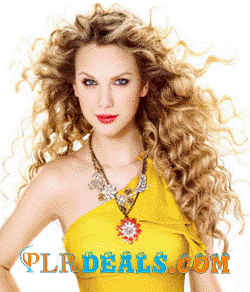It is suggested that you should have a look at “The Natural History Book” after having seen the following bizarre creatures. Published by Dorling Kindersley, the book includes 5,000 weird and wonderful species all over the world. Besides, “The Natural History Book”, which took 20 years to be completed, will somehow bring you an overview of fauna and flora. The natural world is portrayed through close-up images of fossils, animals, fungi and plants. Among bizarre creatures in the book are Budgett’s frog, the ruff, the southern crowned pigeon, the weedy seadragon, the male midwife toad and so on.
Male midwife toads can be seen in Europe and northwestern Africa. They carry a string of fertilized eggs around his legs to protect them from predators in the water.
The southern crowned pigeon from New Guinea has a bluish-grey plumage with elaborate blue lacy crests.
Budgett’s frog, found in South America, is characterized by a round flattened body with eyes on their head.
The ruff, a long-necked, pot-bellied bird, breeds in marshes and wet meadows across northern Eurasia.
The carrion flower emits an odor that smells like rotting flesh although it looks lovely.
The frill-necked lizard is mainly found in Papua New Guinea and northern Australia. Its large ruff of skin can expand during courtship or when the lizard is frightened.
This phallic fungus in the woods of Eurasia has such foul smell that it can be detected from far distance.
The weedy seadragon, a marine fish related to the seahorse, can reach 45 cm in length.
The alligator snapping turtle is one of the largest freshwater turtles in the world. It looks like a plated dinosaur.
The mandrill is the world\’s largest species of monkey. It is described to own olive-colored fur and the colorful face.
Related links:
Strange undersea creatures unveiled
Best wildlife photos of the year 2010
Most dangerous and venomous spiders
I am 25 years old, and I study materials on education, likes reading and writing. In free time, I often join literature clubs and share my interest with others.







